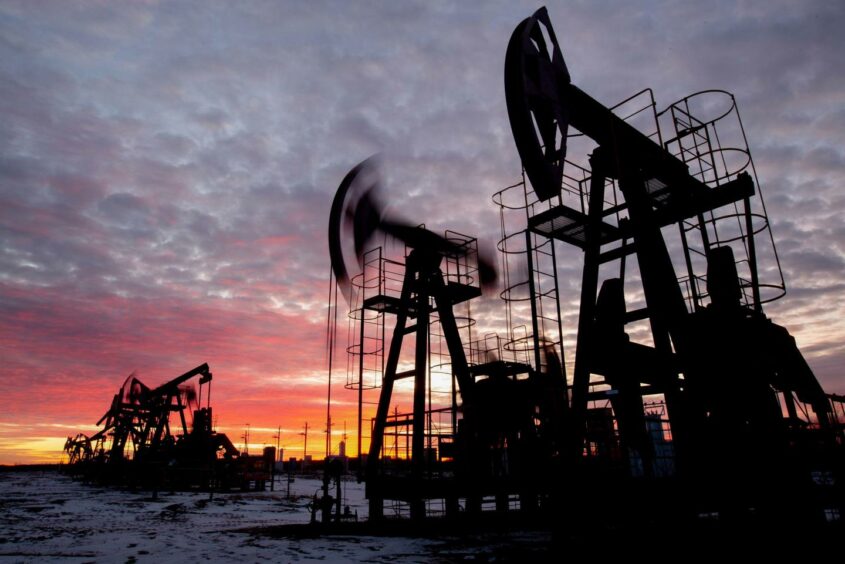
Demand for oil is projected to peak in the next five years, driven largely by an increase in the uptake of electric vehicles.
McKinsey’s Global Energy Perspective 2022 report, published on Tuesday, says the need for the hydrocarbon will hit its highest between 2024 and 2027.
Gas demand on the other hand is likely to increase up to 2035, after which it will be subject to “large uncertainties”, in part due to the development of hydrogen.
The report has been published at a time when global energy markets are facing “unprecedented uncertainty”.
Russia’s illegal invasion of Ukraine has amplified underlying supply and demand issues that have forced commodity prices through the roof, sparking inflationary concerns.
And there are fears it could get worse before it gets better, as western governments try to rapidly reduce imports of Russian gas and oil.
According to the management consultancy’s report, the European Union might become independent of Russian gas imports by 2030.
By that point renewables are expected to become the new baseload, accounting for 50% of the power mix, rising to 85% by 2050.
McKinsey said: “We choose to publish this report now to contribute a set of scenarios that may help calibrate the invasion of Ukraine with the longer-term energy transition momentum.
“The conflict is having immediate impacts on energy markets around the world. The resulting uncertainty is something that the world has not seen in a long while and, as of today, the potential scenarios that could unfold remain very uncertain.
“As a firm, we have been exploring overall scenarios on how the situation might evolve and what the implications on the energy markets could be. As we continue to monitor the situation, we will provide regular updates on where the energy market could be headed as stakeholders try to balance affordability, energy security, and long-term decarbonisation ambitions.”
The McKinsey reports lays out five potential energy scenarios covering a “spectrum” of possible outcomes, ranging from strong decarbonisation in line with net zero pledges to “fading momentum” for a transition.
As it stands government commitments to zeroing out greenhouse gases have been made by countries jointly covering 91% of emissions.
Going forward those targets will spur on the shift towards low carbon solutions, with a growing role for synthetic fuels and hydrogen.
Renewable generation is projected to reach up to 90% of the global energy mix by 2050 as the global build out rates for solar and wind grow by a factor of five and eight respectively.
Total investments across energy sectors are projected to rise by more than 4% a year, a growing proportion of which will be on low carbon projects.
One of those technologies is carbon capture utilisation and storage, which McKinsey is projecting to “scale notably” – global storage could hit as much as 4 gigatonnes by 2050.
Hydrogen too is expected to boom in the coming years, with demand for the fuel growing fivefold by 2050, driven primarily by road transport, maritime, and aviation.
McKinsey said: “In the context of COP26, a large number of countries, as well as many of the world’s largest corporations, have committed to achieving net zero emissions within the next few decades.
“Although most of these pledges have yet to be translated into concrete policies and actions, the continued growth of low-carbon technologies shows that key enablers for the energy transition keep momentum.”
Recommended for you

